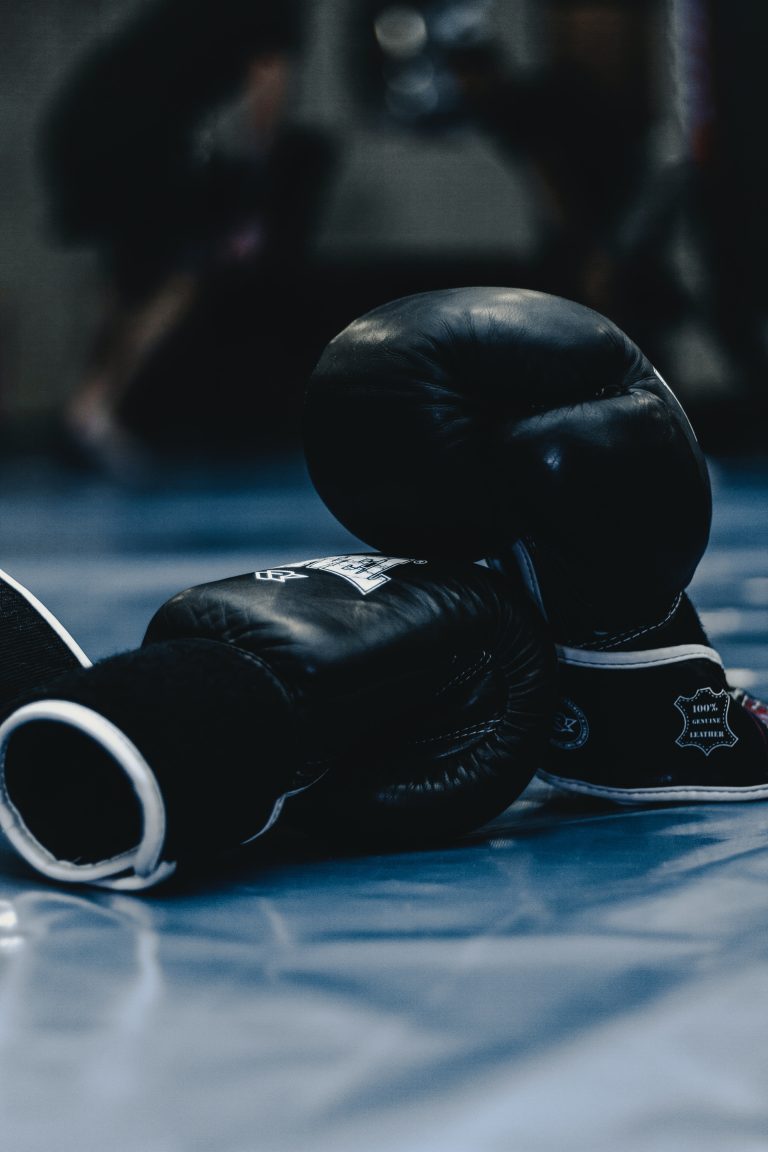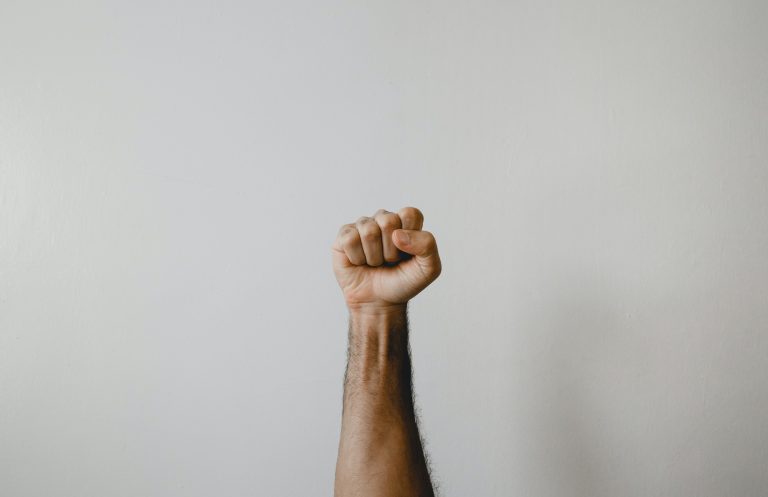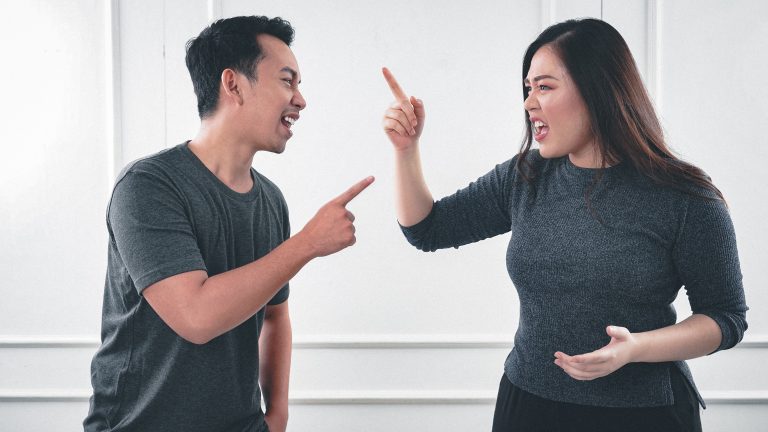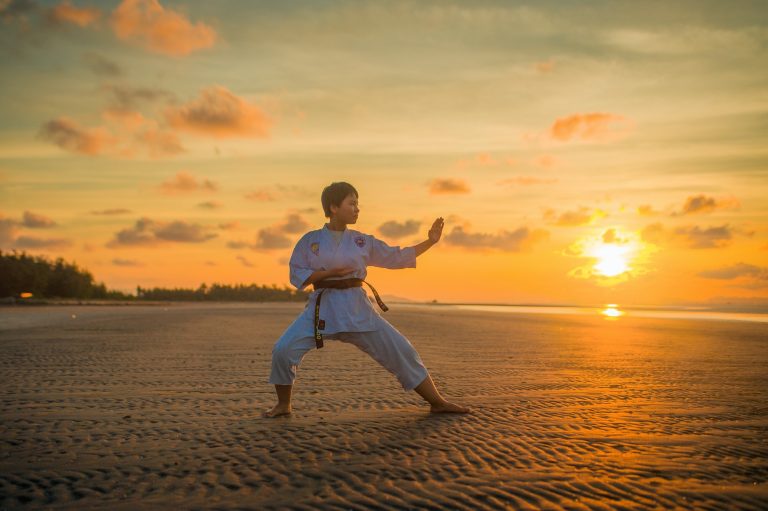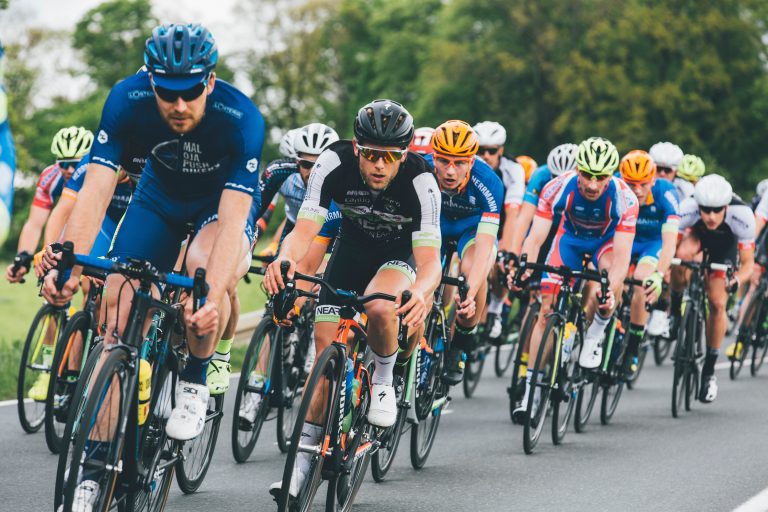How Has Karate Evolved Over Time?
Karate is a martial art that has been practiced for hundreds of years, evolving and changing along with the times. From its origins on the island of Okinawa in Japan, karate has spread to become a global sport and cultural practice. In this blog post, we’ll explore the history of karate and how it has evolved over time.
The Origins of Karate
Karate originated on the island of Okinawa in Japan in the early 17th century. At the time, Japan had a strict ban on the use of weapons, so the Okinawans developed a system of hand-to-hand combat to defend themselves. This system was eventually called karate, which translates to “empty hand.”
The earliest forms of karate were heavily influenced by Chinese martial arts. Okinawa was located along important trade routes, so contact with Chinese martial arts masters was common. These early forms of karate focused on striking techniques and basic grappling moves.
The Development of Different Styles of Karate
Over time, different styles of karate developed. Three of the most well-known styles are Shotokan, Goju-Ryu, and Shito-Ryu. These styles differ in their techniques, training methods, and philosophies.
Shotokan karate was developed by Gichin Funakoshi in the early 20th century. Funakoshi was instrumental in spreading karate to the mainland of Japan and is considered the father of modern karate. Shotokan is known for its powerful, linear techniques and emphasis on kata, which are prearranged forms of movements.
Goju-Ryu karate was developed by Chojun Miyagi in the early 20th century. Goju-Ryu is known for its combination of hard and soft techniques, and for its focus on breathing exercises and meditation. In Goju-Ryu, the emphasis is on learning how to use the body’s natural movements to generate power.
Shito-Ryu karate was developed by Kenwa Mabuni in the early 20th century. Shito-Ryu is known for its combination of techniques from different martial arts, including karate and Chinese kung fu. Shito-Ryu focuses on the importance of proper breathing and relaxation to perform techniques effectively.
Karate in the Modern Era
In the mid-20th century, karate began to spread outside of Japan. The first international tournament was held in 1957 in Hawaii, which helped to popularize karate in the United States. Today, karate is practiced all over the world and is an Olympic sport.
One of the most significant changes in the modern era of karate has been the introduction of sport karate. Sport karate is a form of karate that is focused on competition and is often performed with protective gear. Sport karate has led to the creation of standardized rules and techniques, which has helped to make karate more accessible to newcomers.
Another important development in modern karate has been the increase in women’s participation. In the past, karate was primarily a male-dominated sport, but today women make up a growing percentage of karate practitioners.
The Future of Karate
Karate continues to evolve and change with the times. One of the most significant changes in recent years has been the inclusion of karate in the Olympics. In the 2021 Tokyo Olympics, karate will be a medal sport for the first time.
As karate continues to evolve, it will be interesting to see how it adapts to new technologies and training methods. One thing is for certain, though – karate will continue to be a popular and exciting martial art for generations to come.
Exploring the Evolution of Karate through Frequently Asked Questions
Karate has come a long way from its origins in Okinawa, Japan. Now a popular sport and form of self-defense, Karate has evolved over time with various changes in techniques, styles, rules and regulations. Here are some frequently asked questions about Karate’s evolution over time that will help you understand the martial art form better:
Q.1 How did Karate originate?
Karate originated in Okinawa, Japan, during the Ryukyu Dynasty, which was in power from the 15th to the 19th century. At the time, Okinawa was under the influence of both Chinese and Japanese martial arts. Karate evolved from the combination of these martial arts with the indigenous Okinawan martial arts form known as “te”. Karate was primarily used as a form of self-defense and was not considered a sport until much later.
Q.2 When did Karate become popular globally?
In the early 1900s, a few individuals started teaching Karate publicly in Japan, which helped gain popularity. Later, in 1922, the Japanese martial arts society held the first-ever martial arts demonstration in Japan, which featured Karate as one of the martial arts. This brought Karate to public attention, and it started gaining popularity globally after it was introduced to the United States in the 1950s by Gichin Funakoshi, a renowned Karate master.
Q.3 What are the different styles of Karate, and how do they differ?
There are several styles of Karate, including Shotokan, Goju-ryu, Shito-ryu, Wado-ryu, Kyokushin, and Kobudo, among others. These styles differ in their techniques, forms, philosophies and principles. For example, Shotokan Karate is known for its powerful and dynamic moves, while Goju-ryu Karate focuses on combining hard and soft moves. Shito-ryu Karate, on the other hand, combines long linear movements with shorter circular movements.
Q.4 How has the training and techniques of Karate evolved over time?
Karate techniques and training have significantly evolved over time. Earlier, Karate practitioners were known for their hard and fast movements, but now practitioners are trained to focus on technique and precision, rather than just brute force. Additionally, Karate practitioners now have access to modern training methods, such as weight training, aerobic and anaerobic exercises, and interactive technology-based training.
Q.5 How has the sport of Karate evolved over time?
Karate became an official sport in the 1960s, and since then, there have been several changes in its rules and regulations to make it a safer sport. In 2005, the World Karate Federation (WKF) introduced changes in the scoring system to encourage more offensive techniques, which made the sport more competitive. Later, in 2016, Karate was accepted as an Olympic sport, which gave it a much-needed impetus and exposure from across the world.
Q.6 What is the future of Karate?
Karate’s future looks bright, with its inclusion in the upcoming Olympic Games in Paris in 2024. The sport is also gaining popularity globally, with more people taking up Karate for self-defense, fitness, and as a competitive sport. Additionally, Karate is continually evolving, and it’s fascinating to see how it will continue to develop in the future.
How to Understand the Evolution of Karate Over Time
Karate is a martial art that originated in Okinawa, Japan, during the early 20th century. Over time, it has evolved into different styles and methods of practice. Here are the steps to understand the evolution of karate over time:
Step 1: Learn the Origins of Karate
The origins of karate can be traced back to the Ryukyu Kingdom, which was located on the island of Okinawa. The fighting style at that time was known as “te,” which means “hand” in Japanese. This style included various techniques such as strikes, kicks, and joint locks. The practice of te was considered an essential part of Okinawan culture and was taught to both adults and children.
Step 2: Understand the Influence of Chinese Martial Arts
During the 19th century, Okinawa was a hub of trade between China and Japan. This led to the influence of Chinese martial arts on Okinawan fighting styles. In particular, the Shaolin martial arts had a significant influence. This influence led to the development of new techniques, such as open-handed strikes and circular movements.
Step 3: Discover the Birth of Modern Karate
In the early 20th century, karate began to take shape as a modern martial art. This was influenced by the efforts of master Funakoshi Gichin, who introduced karate to mainland Japan in 1922. Funakoshi Gichin is credited with the introduction of the belt ranking system, which is now widely used in martial arts around the world. He also emphasized the philosophical aspects of the martial art, including self-discipline, focus, and respect.
Step 4: Learn about Different Styles of Karate
Over time, karate has evolved into different styles, each with its own techniques and philosophies. Some of the most well-known styles include Shotokan, Goju-ryu, Shito-ryu, and Wado-ryu. Each style emphasizes different aspects of the martial art, such as speed, power, or fluidity of movement.
Step 5: Understand the Influence of Competitions
In recent years, karate has become widely recognized as a competitive sport. The World Karate Federation was founded in 1990 and now organizes major international competitions. These competitions have influenced the practice of karate, with practitioners focusing on speed and accuracy to score points.
Conclusion
Karate has come a long way since its origins in Okinawa. From the influence of Chinese martial arts to the birth of modern karate, the martial art has evolved over time. Today, there are many different styles of karate, each with its own philosophies and techniques. Whether you are a beginner or an experienced practitioner, understanding the evolution of karate can help you appreciate the rich history and culture of this martial art.
Inhaltsverzeichnis

